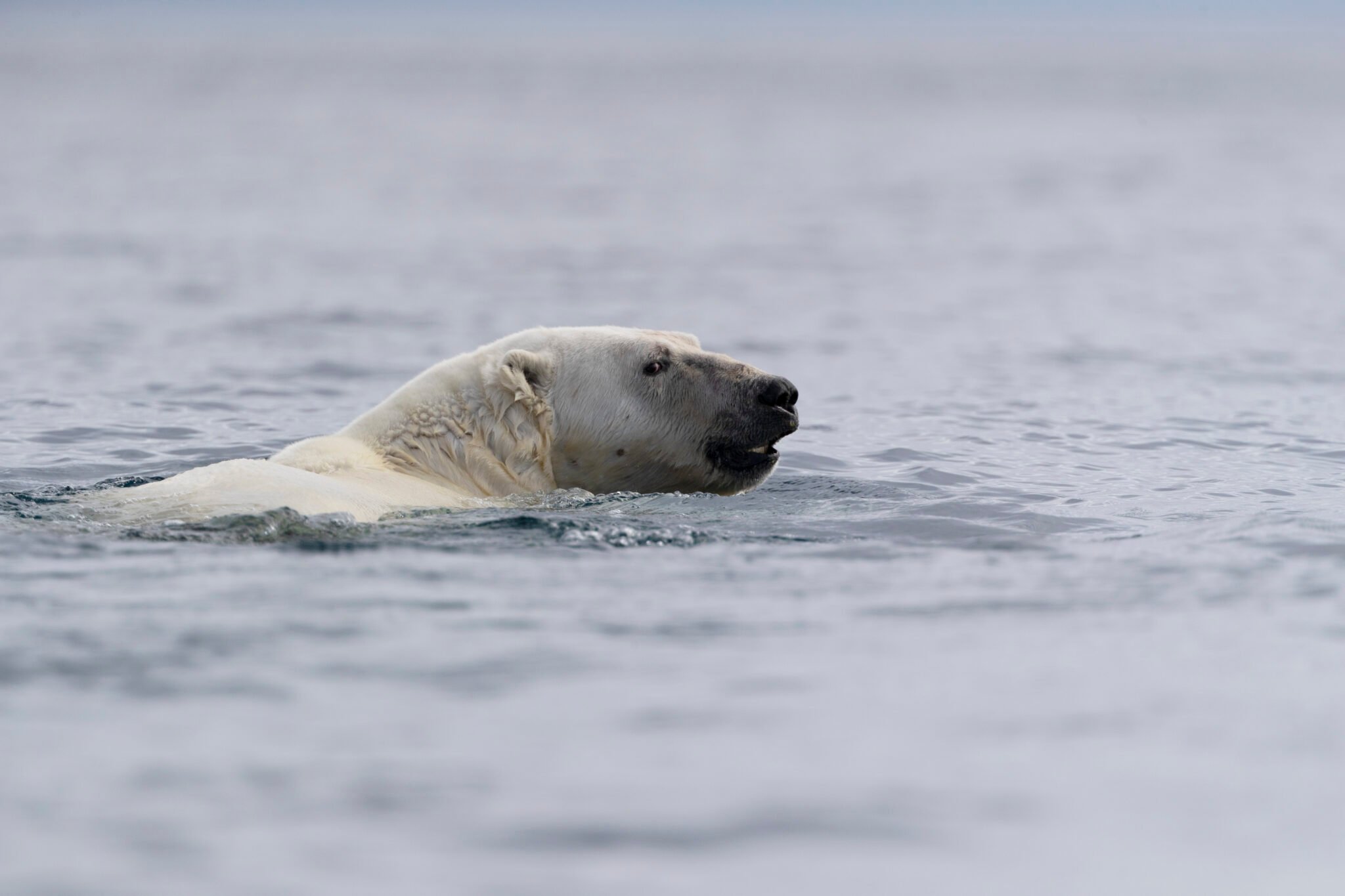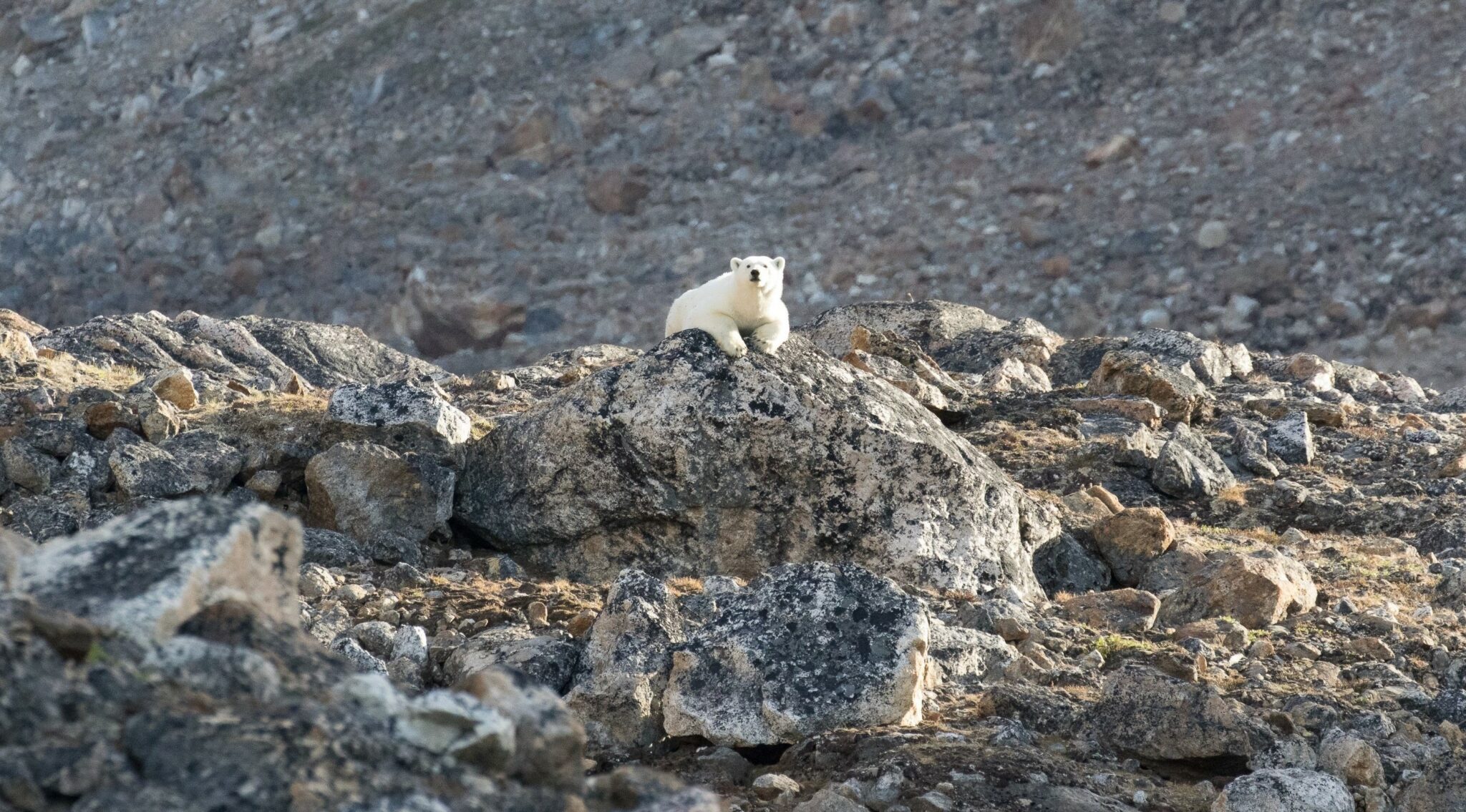It’s Polar Bear Week and we are so excited because we love to talk polar bears! So we thought we’d explore what polar bears are doing each season.
There is something incredible about seeing a polar bear in person; the way they move or their size is mesmerizing. They have some remarkable adaptive traits that have helped them in their northern home.
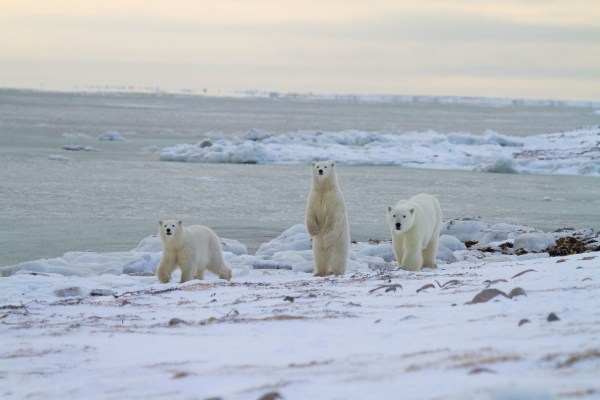
We also believe it’s important to understand the fragility of a polar bear’s environment to appreciate the beauty of these iconic animals. It’s essential to understand their challenges to appreciate the strength of these Lords of the Arctic.
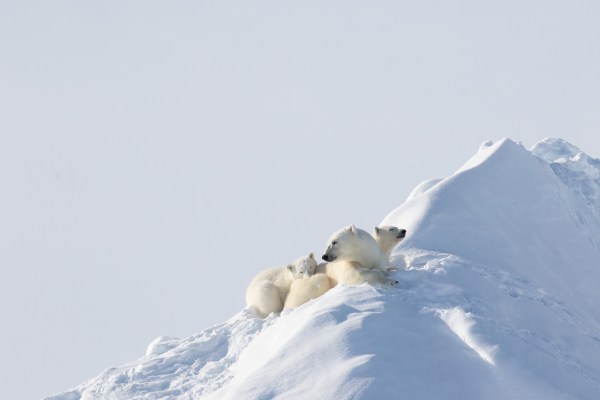
Polar bears are faced with real challenges from a warming climate and shrinking sea-ice. Polar bears are considered marine mammals because of their dependence on the water for food and the time they spend swimming or on top of sea-ice.
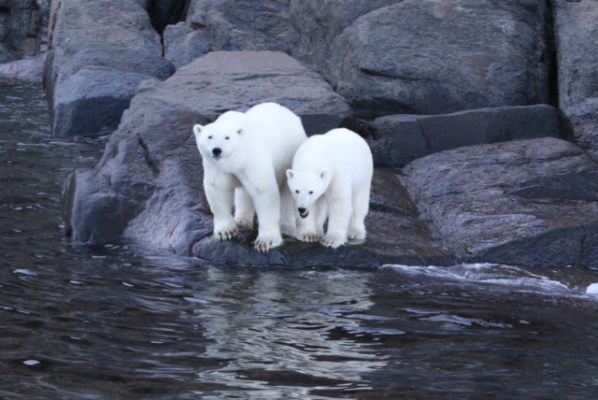
They do most of the year’s hunting on top of the frozen water because it allows them to focus their energy on concentrated locations. For example, they will wait at a seal’s breathing hole because it will eventually need to use it.
It’s ingenious techniques like this that remind us of the beauty of polar bears.
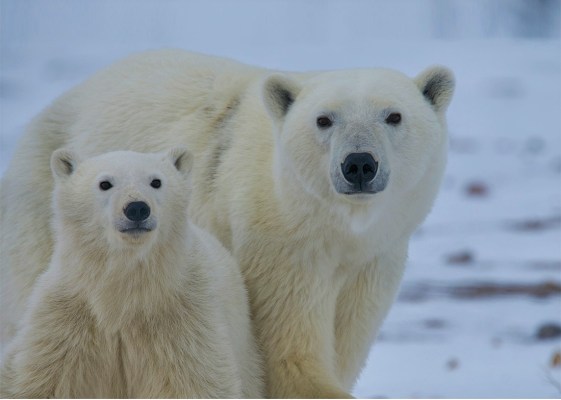
As we explore their movements and seasonal cycles we will discover what polar bears are doing each season of the year and how they are adapting to their environment.
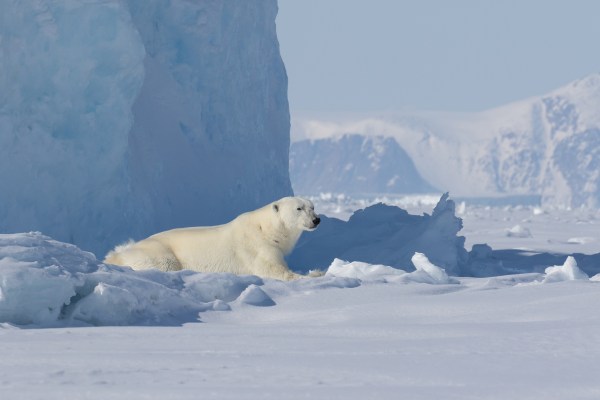
Fall
The autumn is a very exciting time for polar bears. As they wait for the water to freeze allowing them to begin hunting again, it probably feels like waiting for the holidays to begin!
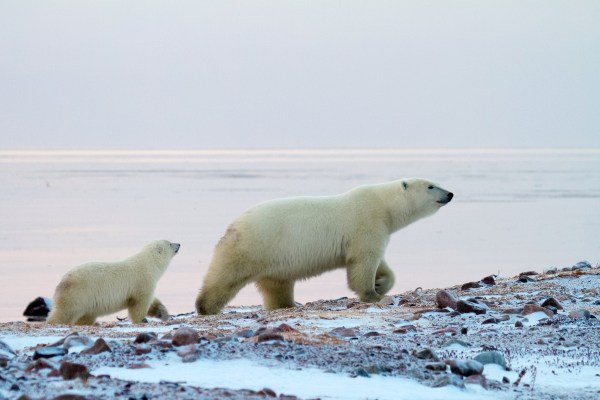
A remarkable phenomenon happens each year as the North slowing transforms back into a winter wonderland. Polar bears count the minutes until the ice can support them.
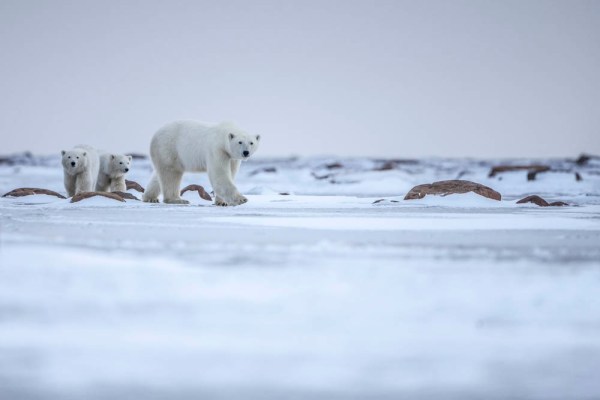
On Baffin Island, polar bears spend the fall on their rocky shores waiting for the temperatures to drop so they can return to their frozen domain of the Arctic Ocean. They rarely travel far inland as they prefer to remain closer to the water.
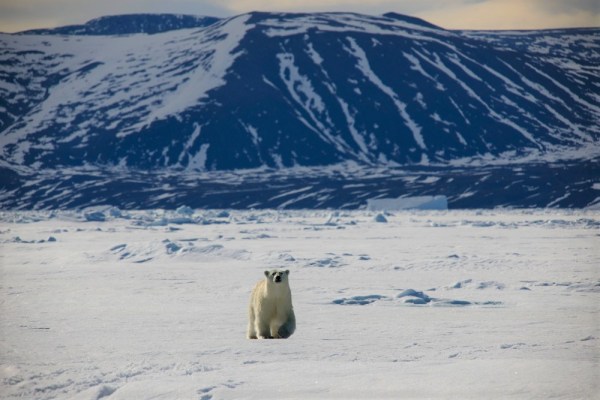
Polar bears are often quite solitary creatures so along the eastern coast of Baffin Islands polar bears find isolated coves to rest. The freedom of the frozen ocean must be a welcomed time of year.
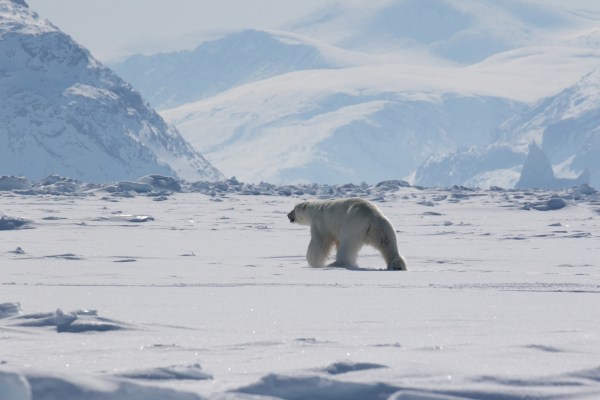
Hudson Bay is an area transformed by the Big Freeze. Some polar bears are more proactive and will travel north taking their cub or on their own along the shoreline looking for solid ice to begin hunting.
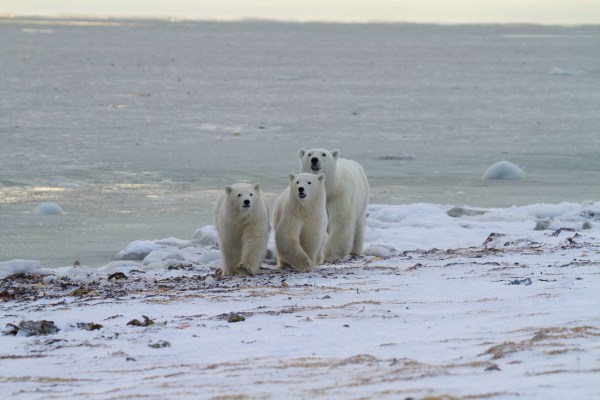
One truly unique behaviour also occurs this time of year. Polar bear sparring.
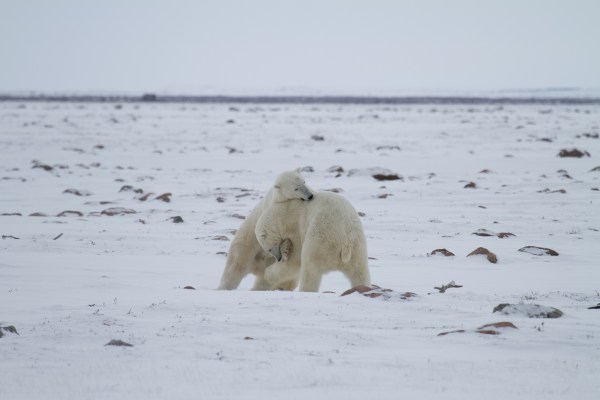
Although it may appear aggressive and intimidating, it is actually quite playful. As polar bears rest along the tundra shoreline, male bears will find a sparring partner to exercise and practice for the real challenges and duals they will face later in the year for food and mating rights.
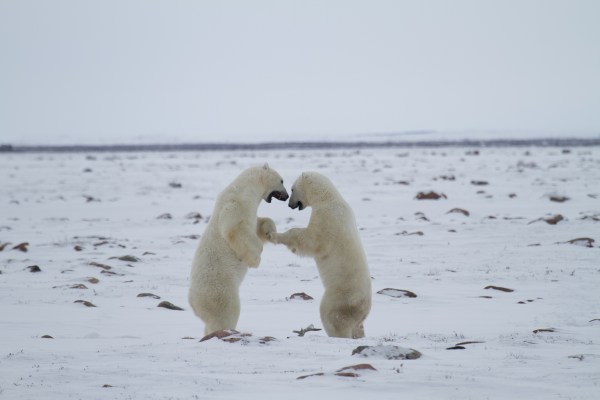
In the fall you find bears sizing each other up and tumbling together as they pass the time and prepare for the most important time of their year, winter hunting season. This means they rely heavily on the Big Freeze, and the sooner the water freezes the more days they get to hunt. But each year the Big Freeze happens later and bears are faced with the real challenge from sea-ice conditions.
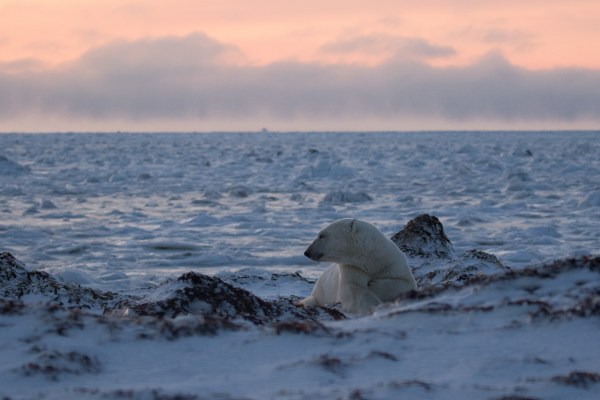
Another extraordinary event takes place through the fall, pregnant polar bears retreat to snowy hillsides to build maternity dens. Here they will take shelter from the impending chill and prepare for the miracle of birth.
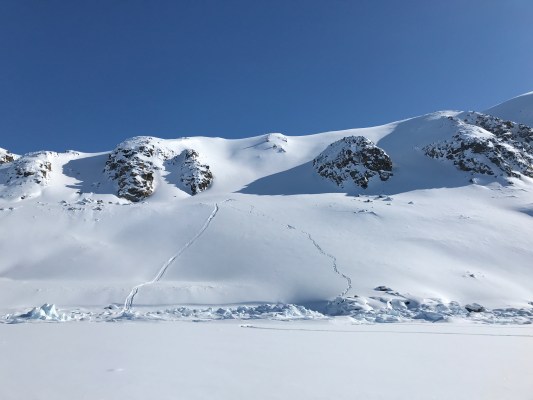
Winter
As the days get shorter and the Arctic begins to transform into a snowy paradise, polar bears are beginning to explore the frozen ice.
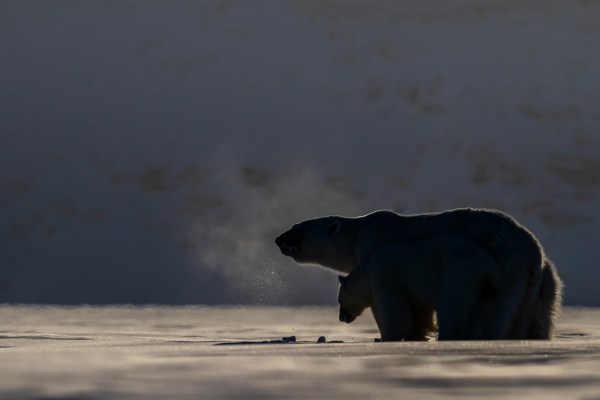
Polar bears are remarkably well adapted to the Arctic. They have shorter claws to make it easier to walk on ice, they have unique pads on their feet to grip the ice, they have longer snouts than most bears allowing them to poke their heads into seal’s breathing holes, but most importantly, they have incredible vision at night from additional cones in their eyes.
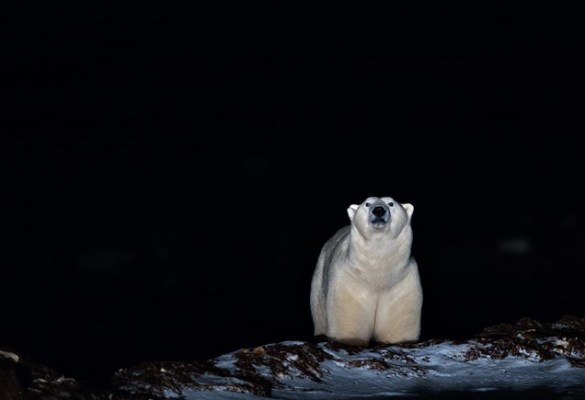
Polar bears do not hibernate because winter is the most important time of the year for them. They will do the majority of their eating for the entire year out on the frozen ice. So being able to see well in the dark days of winter gives them the advantage they need.
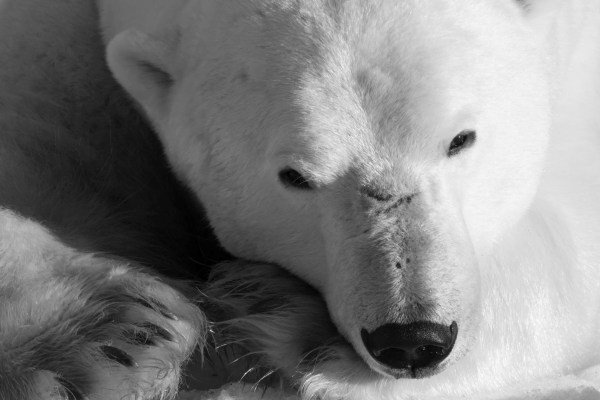
Rather than chasing seals through the water, polar bears are able to concentrate their attention on the limited and narrow breathing holes that seals return to for air from under the frozen ice.
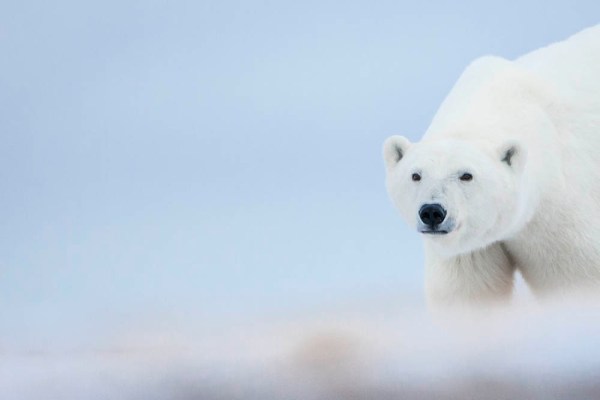
By taking advantage of this food source and building up fat reserves, this is the best time of the year for polar bears. So rather than hibernating, polar bears are very busy.
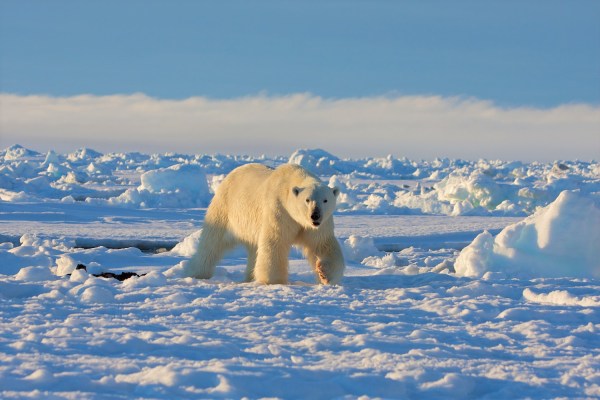
Winter is a miraculous time for pregnant polar bears. From November through January, they will give birth to little cub(s) that weigh roughly a pound and are as small as a ruler. Most often they give birth to twins or a single cub that will follow them for the next 30 months.
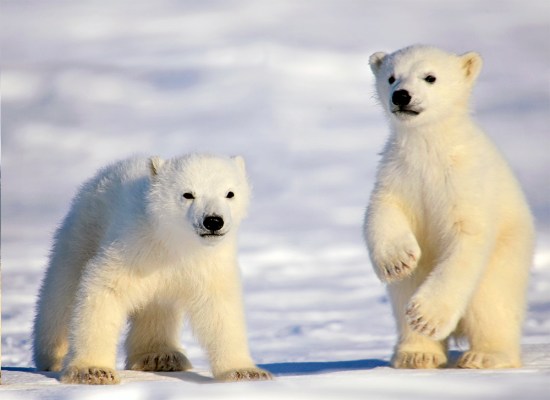
Spring
The spring is a metamorphic time for polar bears. Roaming polar bears are enjoying the remaining days of their prime hunting period. As sea-ice begins to crack and melt most bears begin to return closer to shorelines.
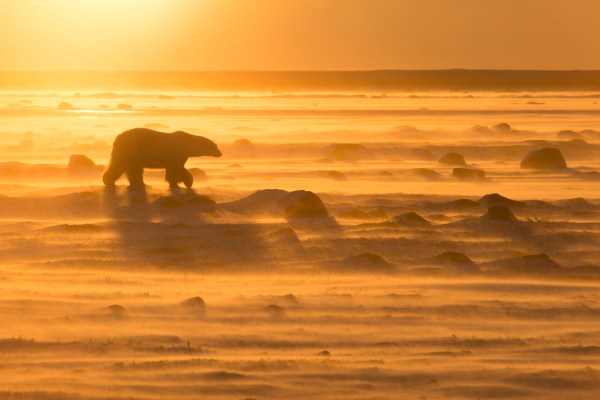
As it becomes more difficult to hunt seals from a melting ice platform, polar bears will turn their attention to cracks and leads in the frozen ice where migrating whales may navigate these narrow channels.
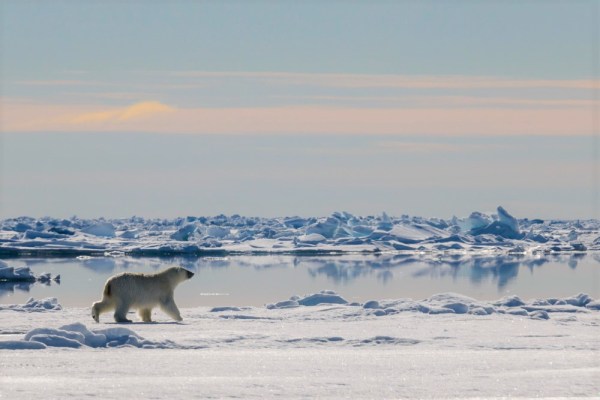
As major straits like Lancaster Sound and around Eclipse Sound open up the migrating whales pass through to reach their summer feeding grounds.
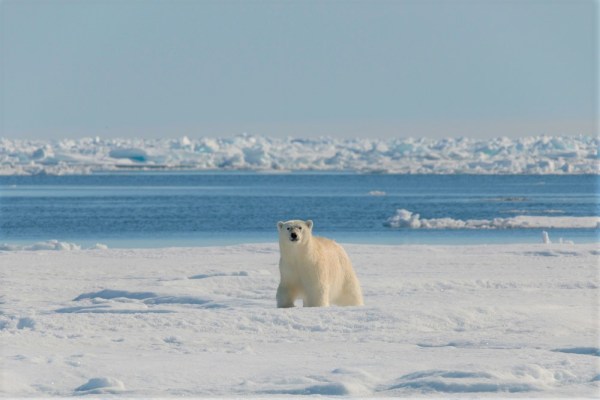
The floe edge becomes the new place for polar bears to look for food. A floe edge, the place where the land-anchored ice meets the open sea is an ecosystem that draws whales, so bears are sometimes able to reach out for a passing whale.
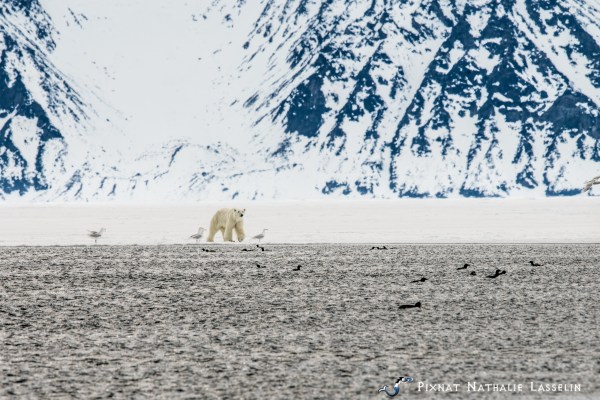
For mother polar bears and cubs, this is a beautiful time of year. They will emerge from their dens around March and early April and are introduced to the beautiful world outside.
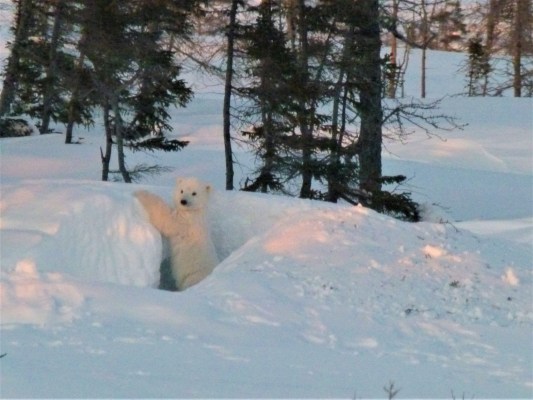
Mothers will guide their cubs down towards the water where it hopes to find a meal and begin regaining its strength. It’s important that the mother finds food because it will nurse its cubs up to 6 times a day and sometimes for 18 to 30 months.
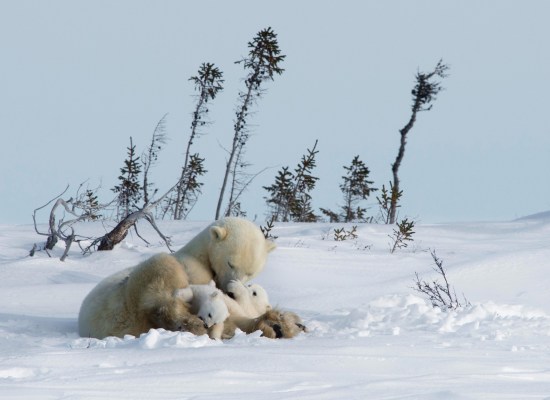
While new mothers are occupied with their cubs, the spring is also the time of year that polar bears begin to mate. After picking a mate, the polar bears will travel to a protected and isolated location. For a period of time after mating, the male polar bear will remain with the female until she is past her fertility cycle to ensure it’s passing on its genetics. Fighting off other males can sometimes leave them quite injured.
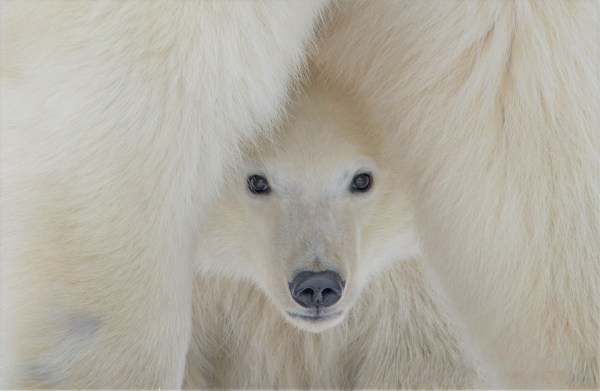
As the spring melt transforms the polar bears’ realm, they return to the shorelines where they’ll spend their summers.
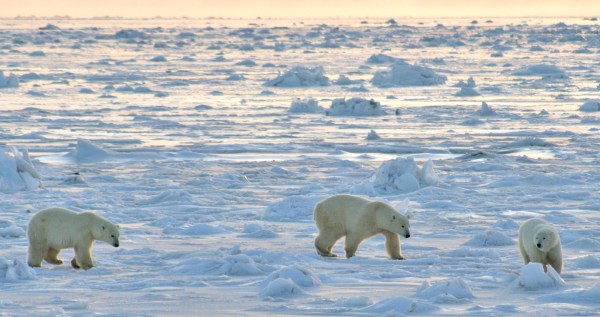
Summer
Wondering what polar bears are up to in the summer?
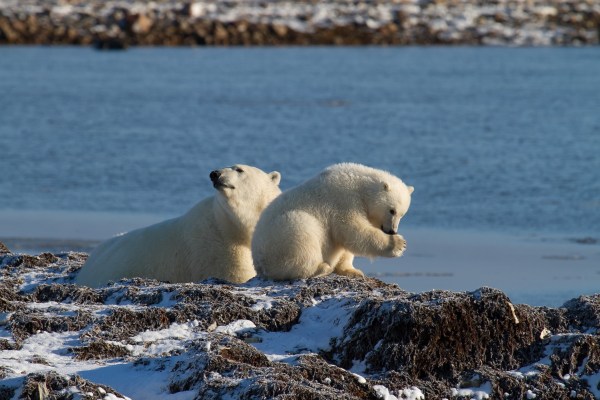
The answer is, not much. The summer is often a period of fasting for polar bears as the advantages they had in winter melted away. And they’re often found relaxing along the shoreline.
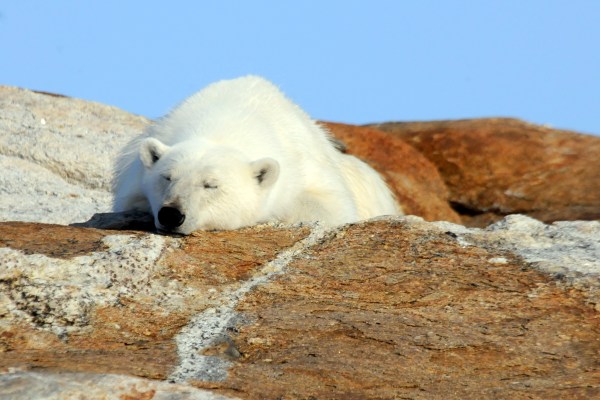
Polar bears do have certain evolutionary traits that make summer easier to handle, such as hollow fur which means that the hairs reflect the sunlight away from the polar bear’s skin to prevent overheating, or that their hair is hydrophobic which means the hair does absorb the water and they only need to shake the water off after a summertime swim.
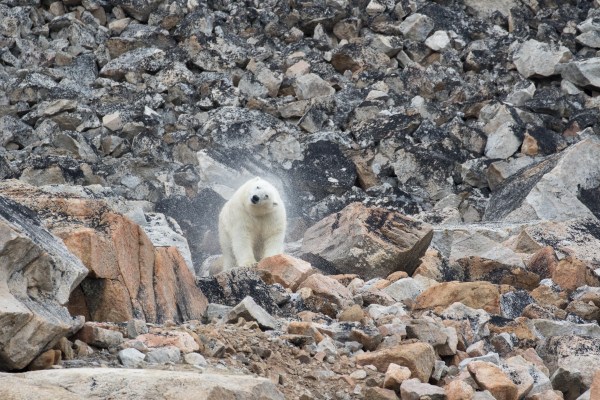
Another trait that is an advantage in summer is their strong night vision. If a polar bear does hunt during summer it will be at night to sneak up on unsuspecting seals.
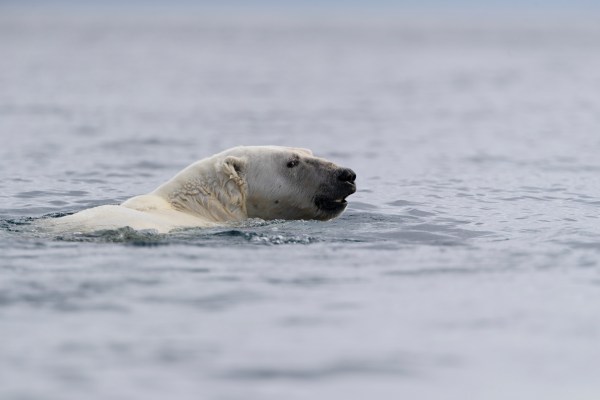
But primarily polar bears spend their summers resting by day and sometimes roaming during nights. The need to conserve energy rules their behaviour and doing nothing is often the best way to wait out a period with little food.
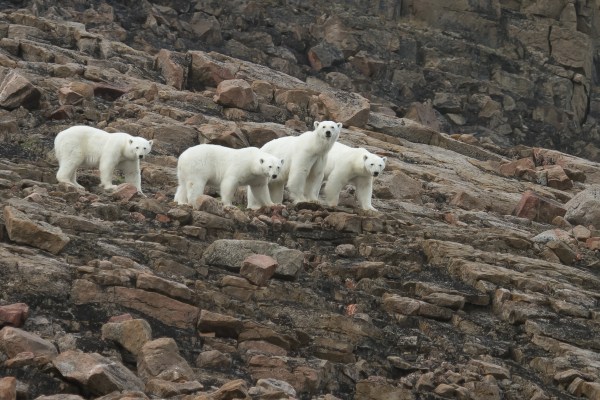
In recent years some bears have resorted to collecting bird eggs along cliffs if they need more nourishment through the season. There is an enormous amount of bird eggs in the Arctic as migratory birds return each spring but there is a cost/value calculation attached to this behaviour and sometimes something polar bears resort to when poor sea-ice conditions in winter made it hard to build up enough reserves.
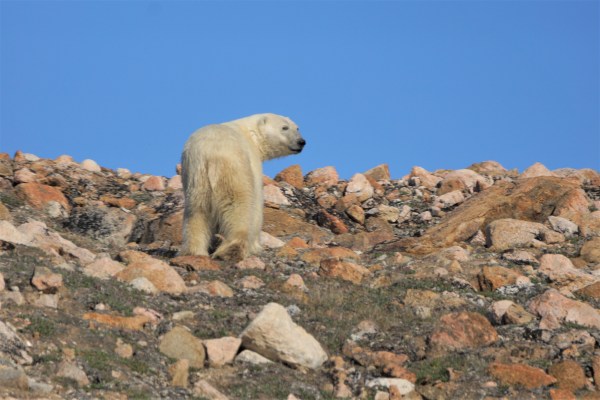
You may find them swimming as they are natural swimmers and actually considered marine mammals. Thanks to the percentage of their body that is fat, polar bears mostly float and then swimming is a matter of using their paws to push themselves like a motor. This means they can travel significant distances and sometimes prefer to swim over walking in the summer.
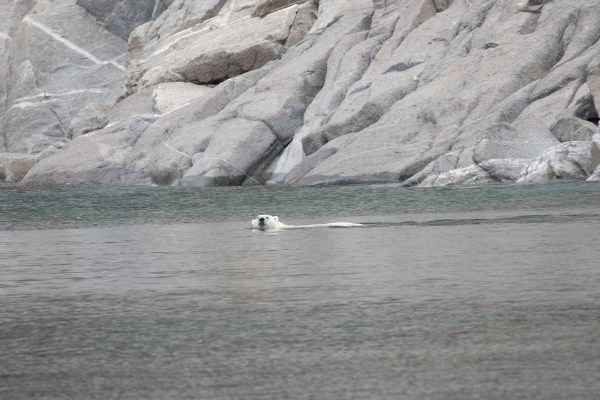
Polar Bear Week
In the spirit of Polar Bear Week, it’s important for everyone to learn something new about these truly incredible animals. As iconic figures of the Arctic, they are facing the effects of climate change more than most.
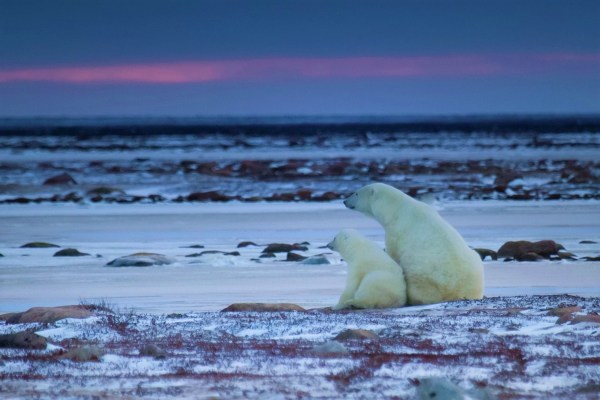
In my time on Baffin Island, I was incredibly relieved that all of the polar bears I saw looked healthy. They seemed strong and there were times I saw as many as seven bears in a day. There is a stable population on Baffin Island but there are other places where polar bears are struggling in a quickly changing environment.
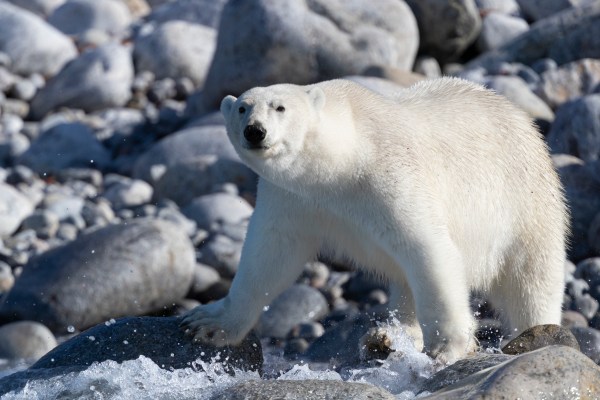
Sea-ice is the most significant element being affected by shifting climate conditions. The Arctic is an ocean that is surrounded by land, so sea-ice is the prominent terrain for polar bears to roam and hunt. They depend on the reliability of each year’s Big Freeze to create their hunting territory and face the challenges of a shorter hunting season as warmer weather comes earlier.
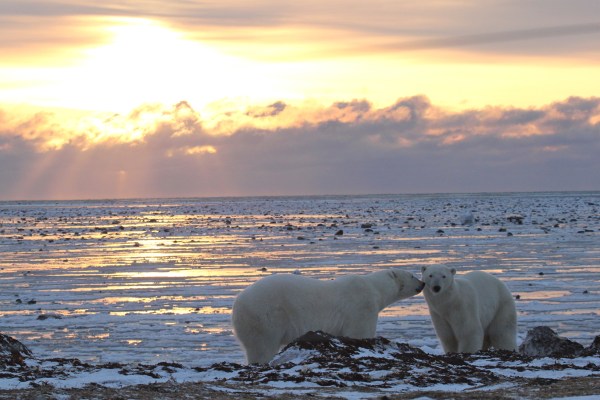
At Arctic Kingdom we are engaged with local communities and follow the Wildlife Policy of Nunavut to provide safe viewing opportunities that do not intrude on the wildlife. Our small group tours are designed to minimize our footprint. And supporting campaigns like 10,000 Changes from Canadian Geographic helps bring attention to low impact efforts.
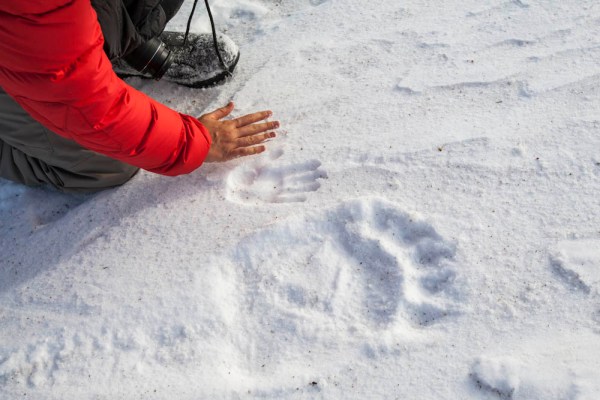
It’s important to appreciate these iconic animals and respect their home. We believe that guests who visit the Arctic build an attachment that stays with them and hopefully inspires more Arctic advocates.
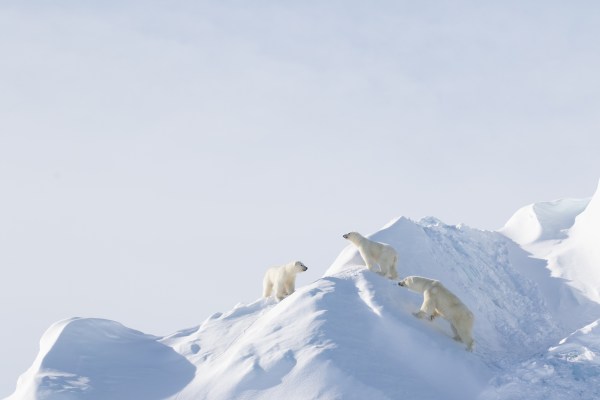
Experience The Arctic On A Safari
Get chances to view elusive Arctic wildlife and experience the majesty of the Arctic on safaris almost year-round. View all Arctic Safaris here.
Ready for adventure? Contact our Arctic Travel Advisors to book.
Are you still curious about the many wonders of the Arctic or looking for more interesting content then explore more blogs here!
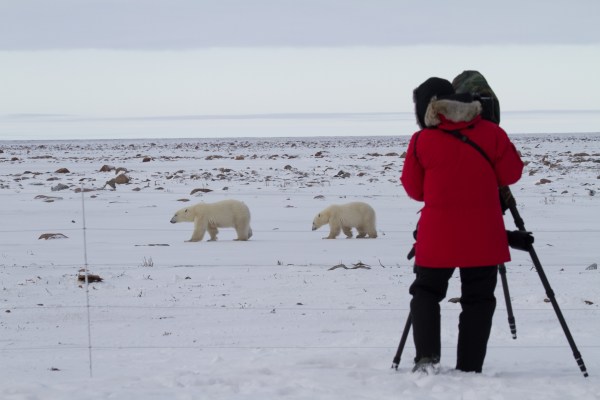
By: Mat Whitelaw


